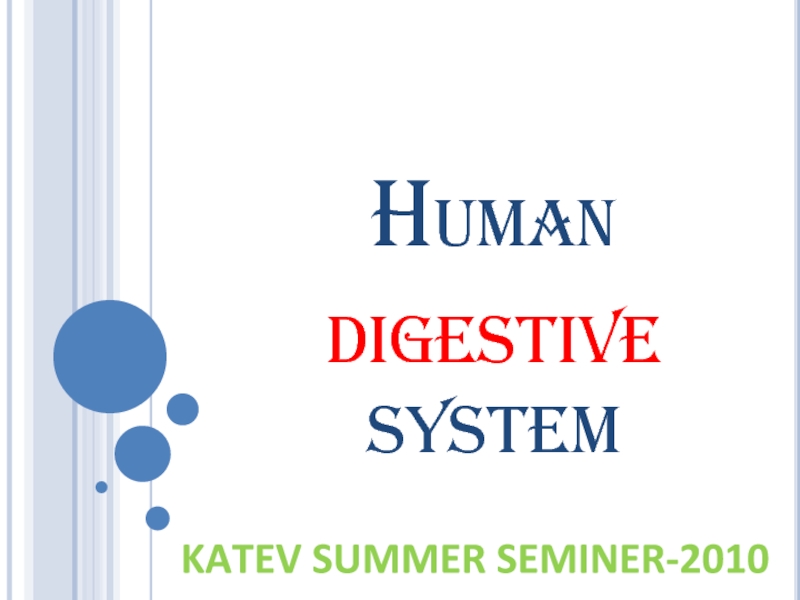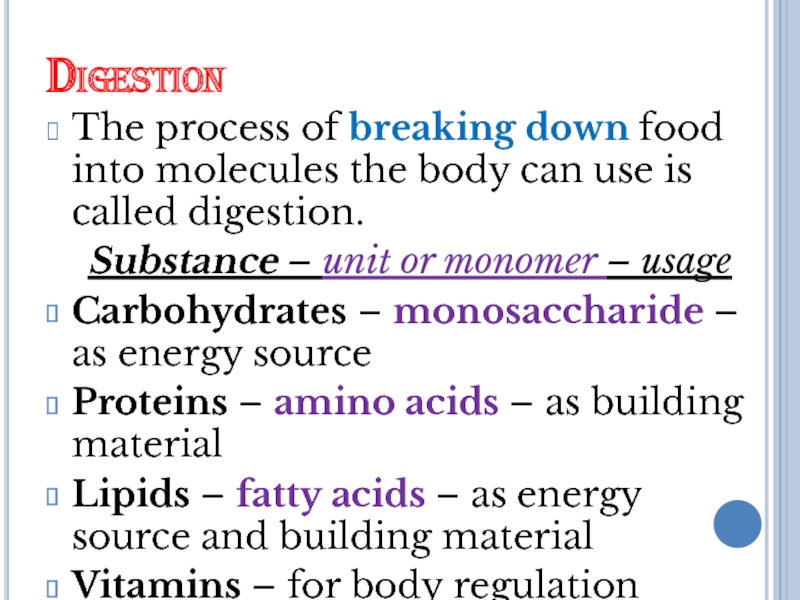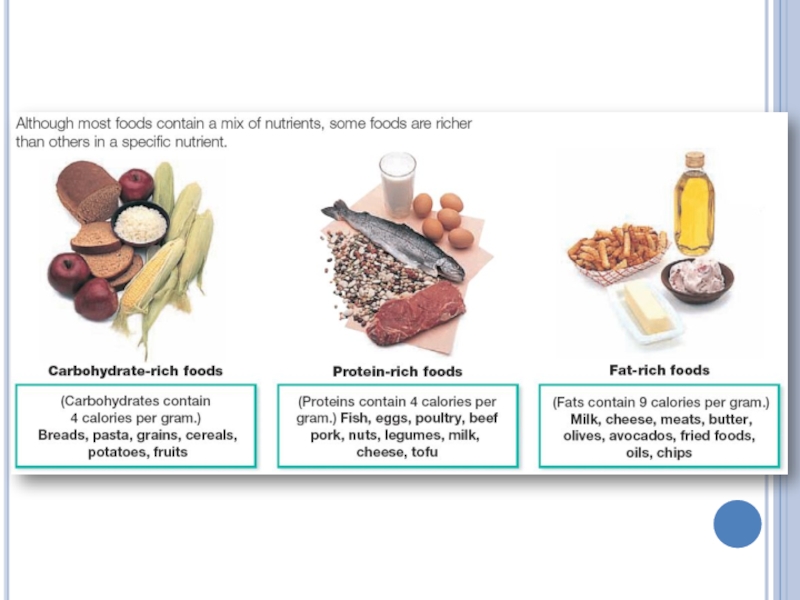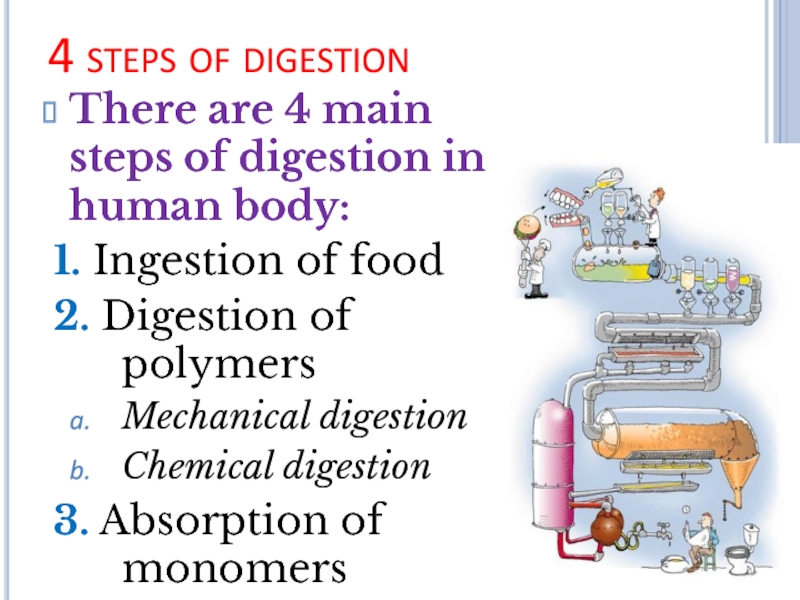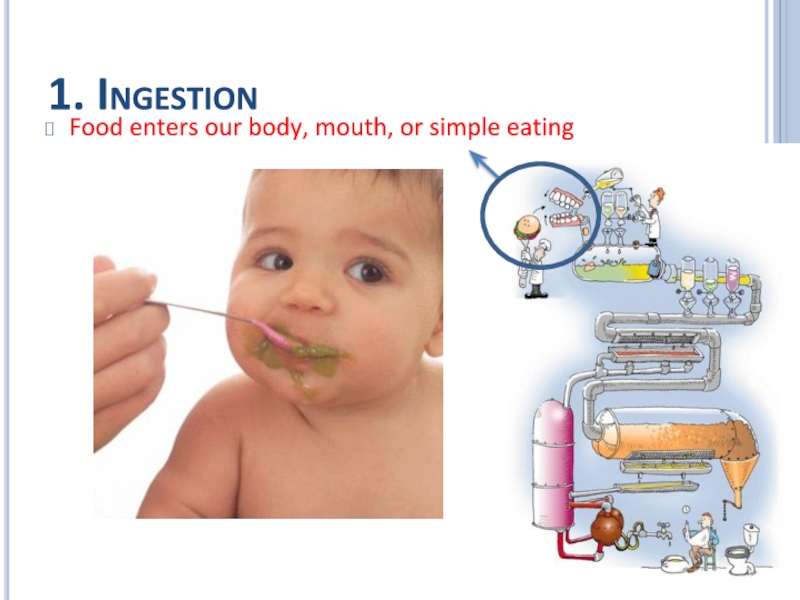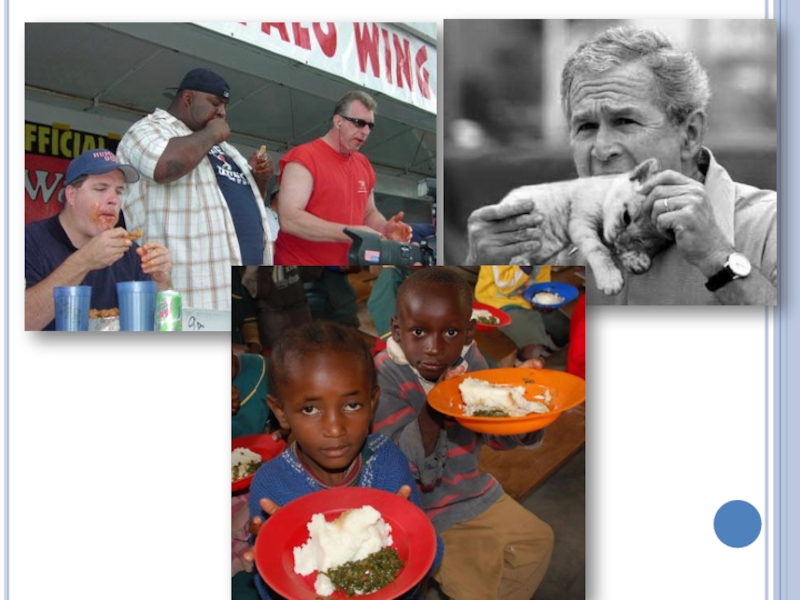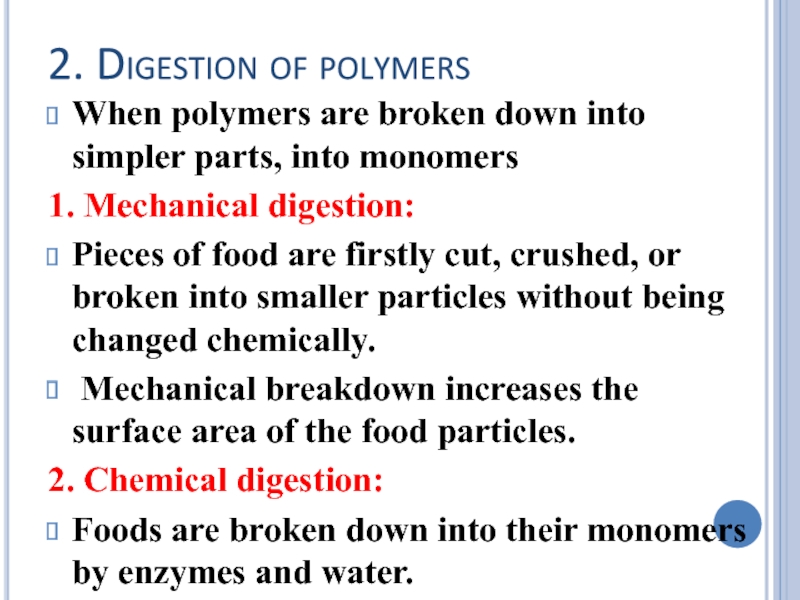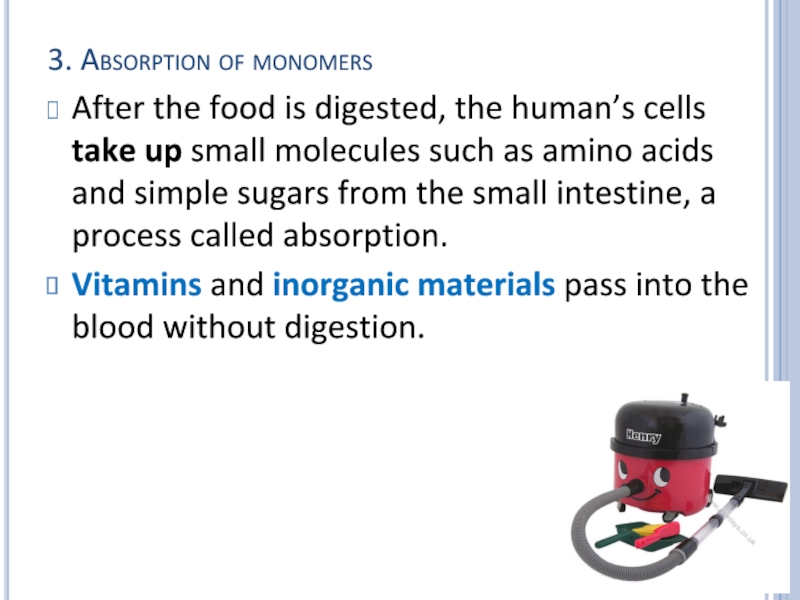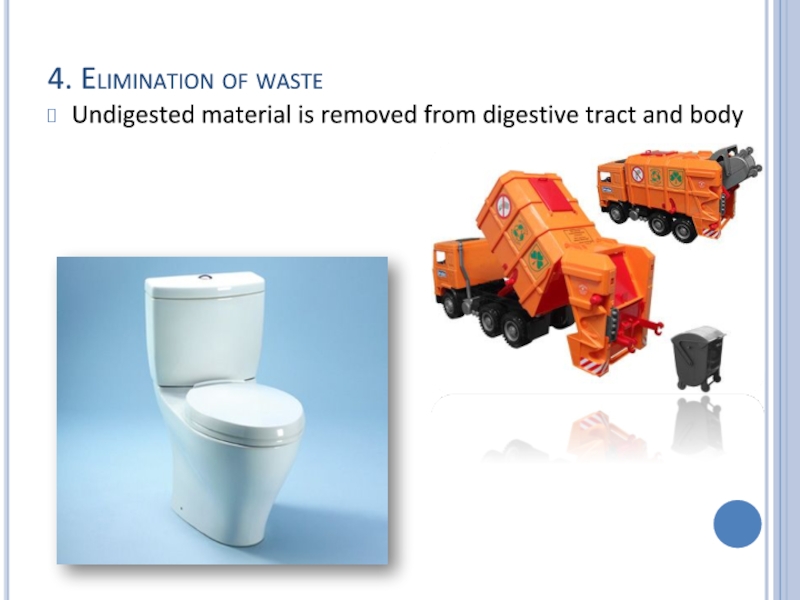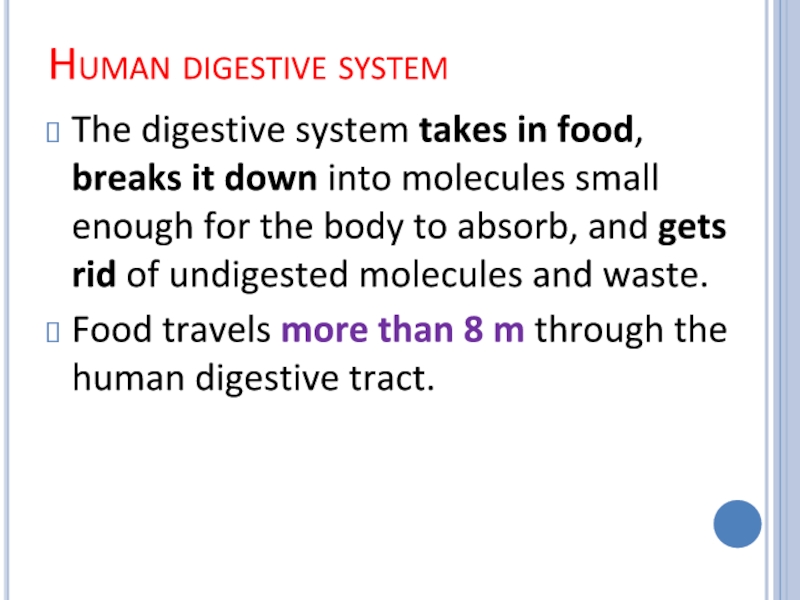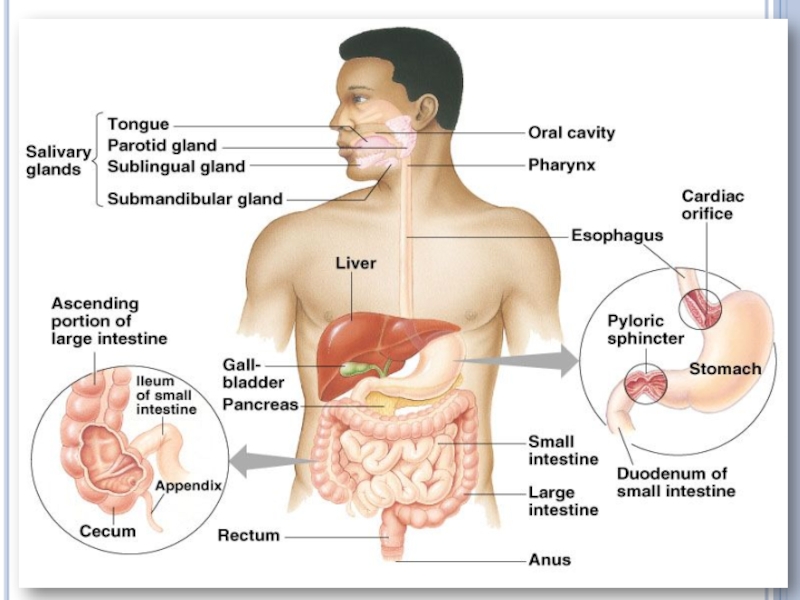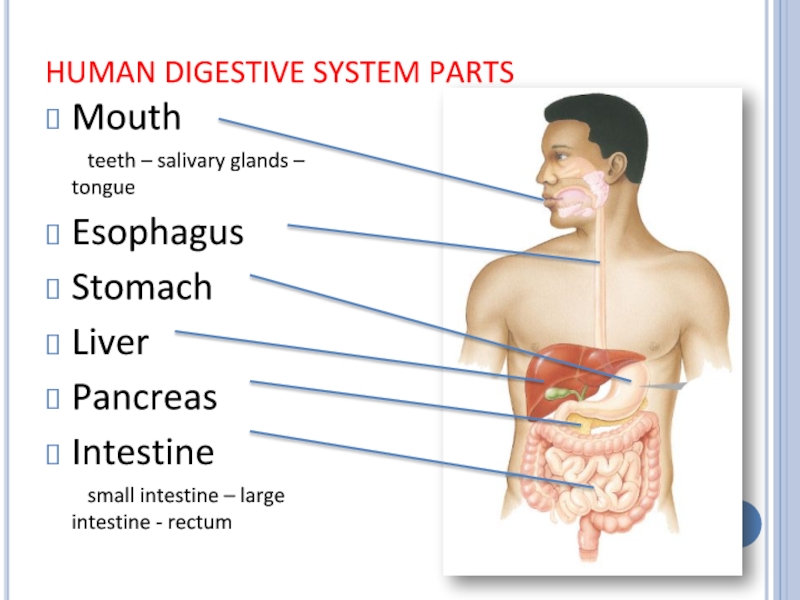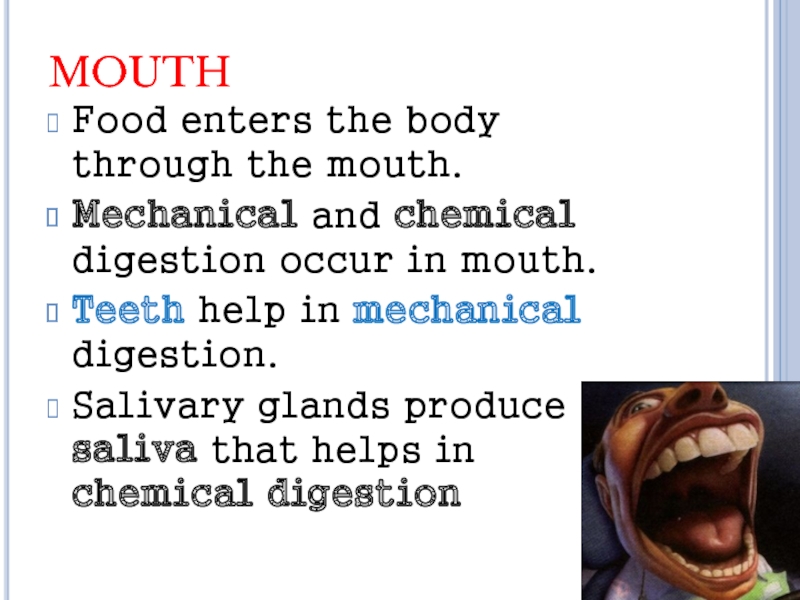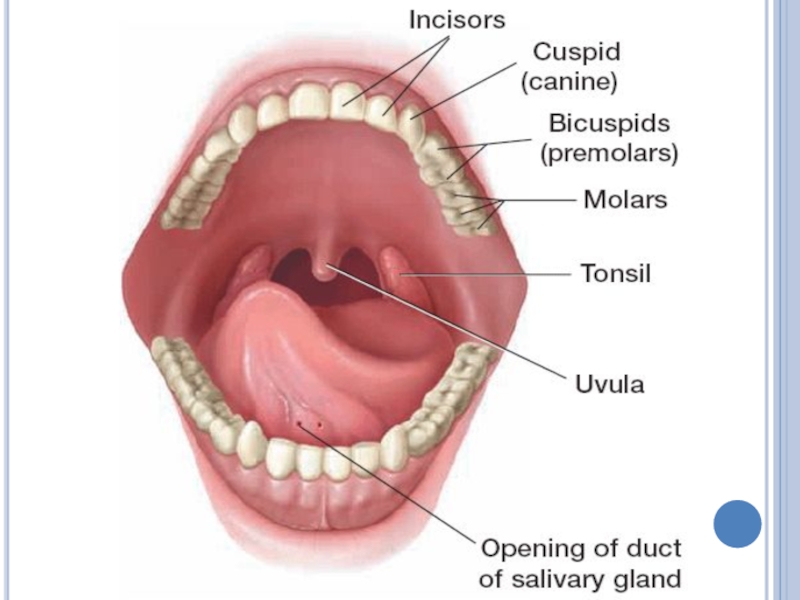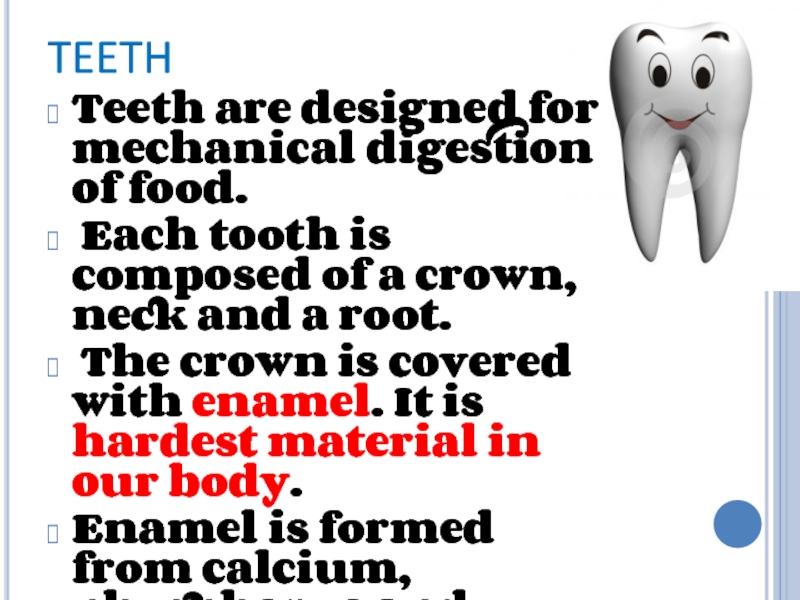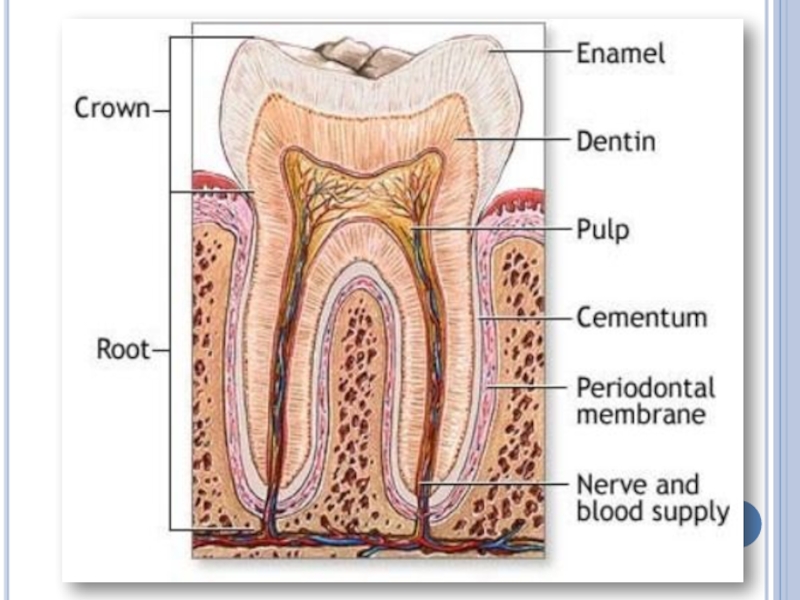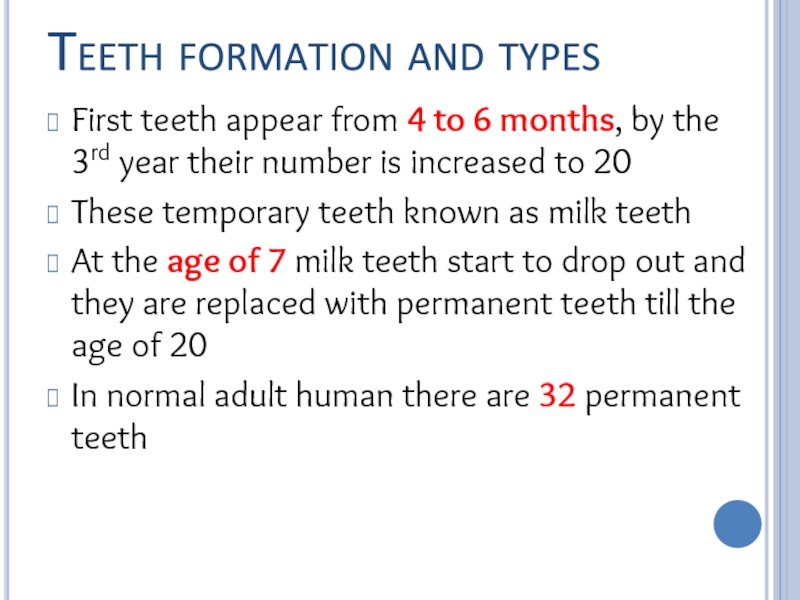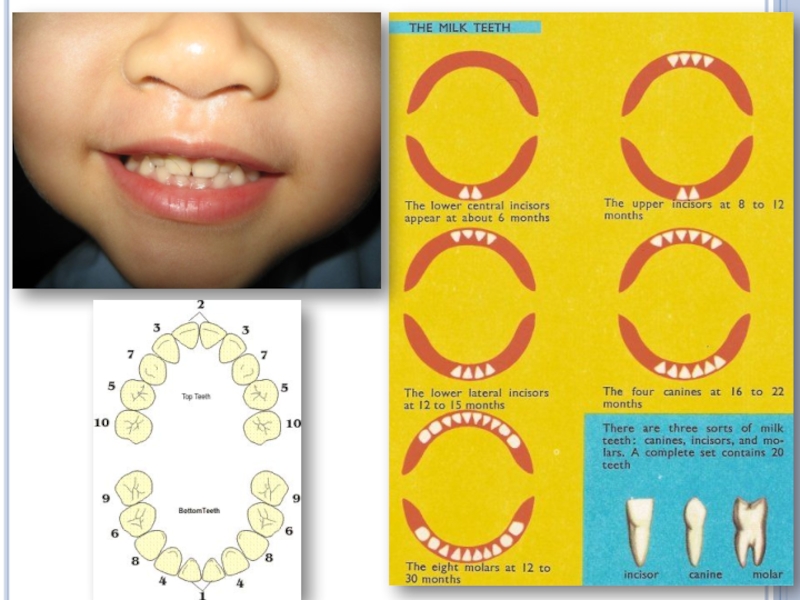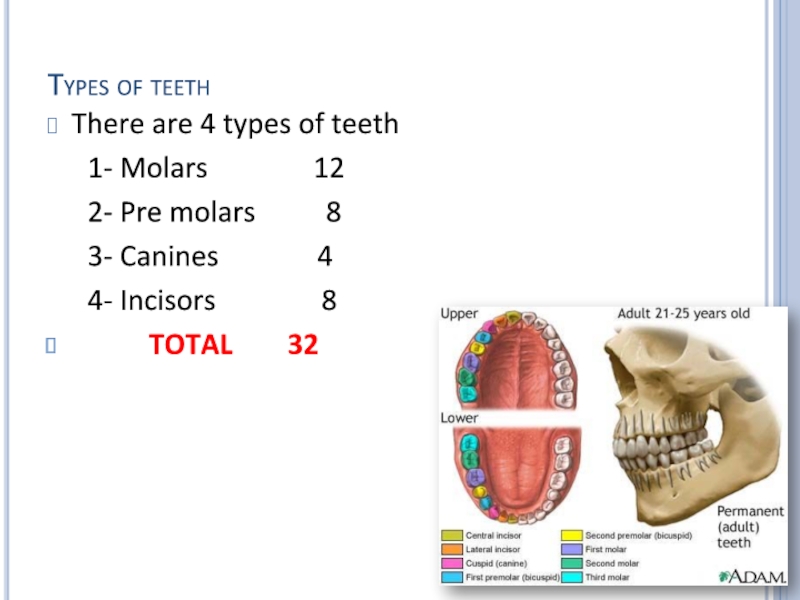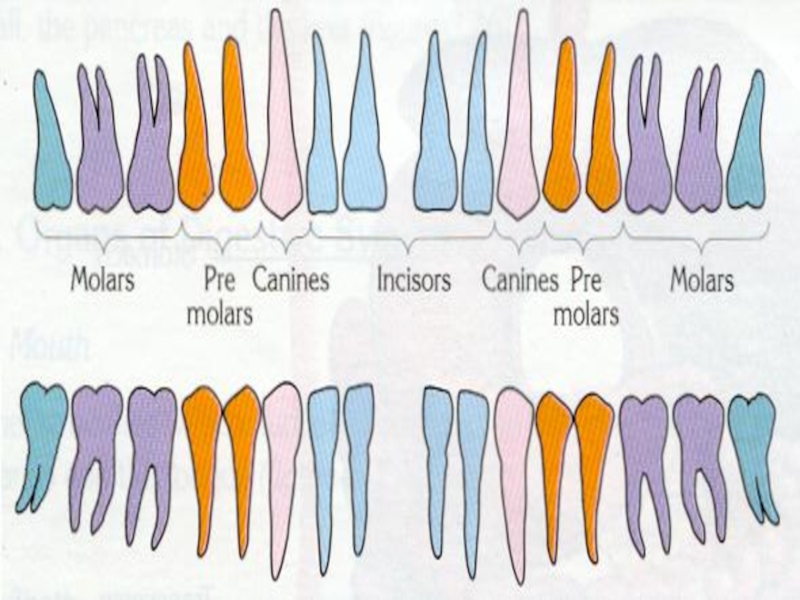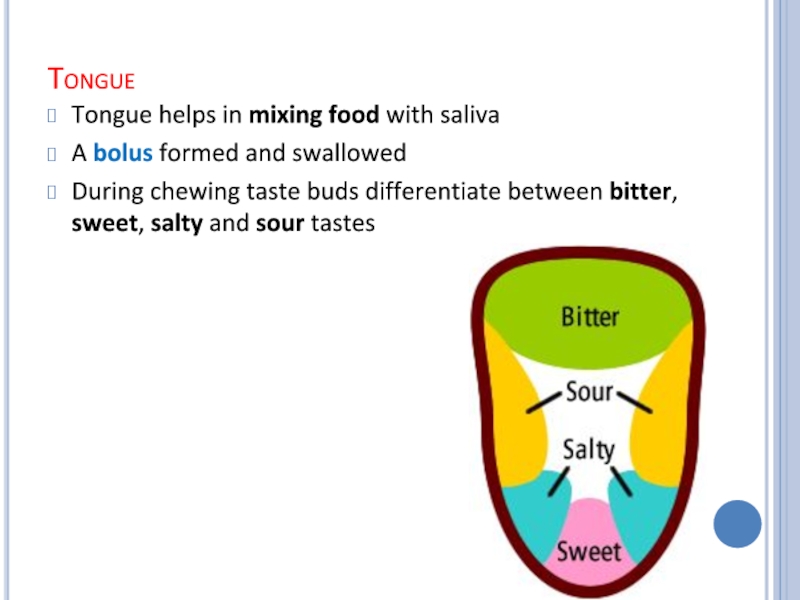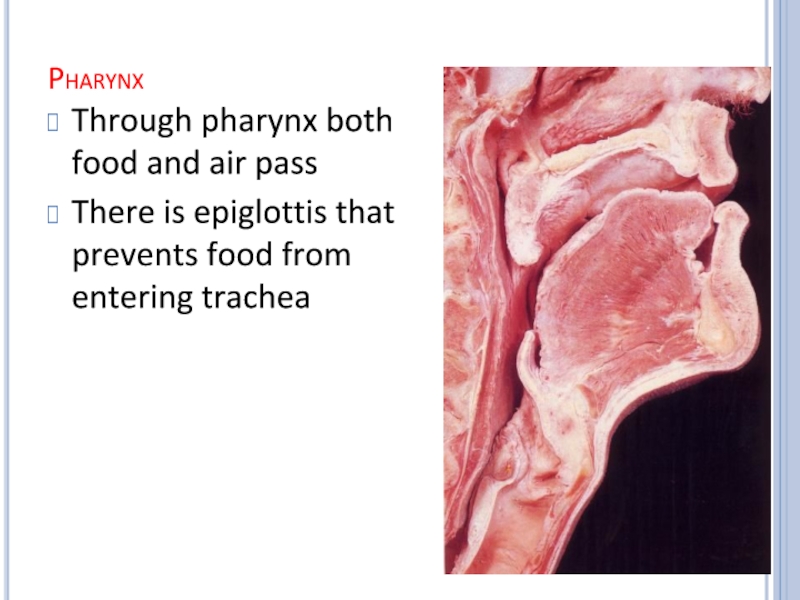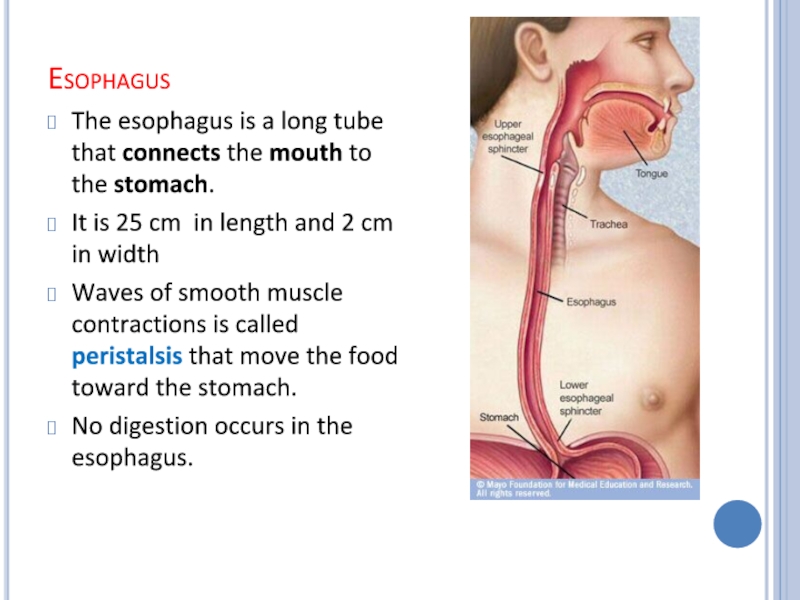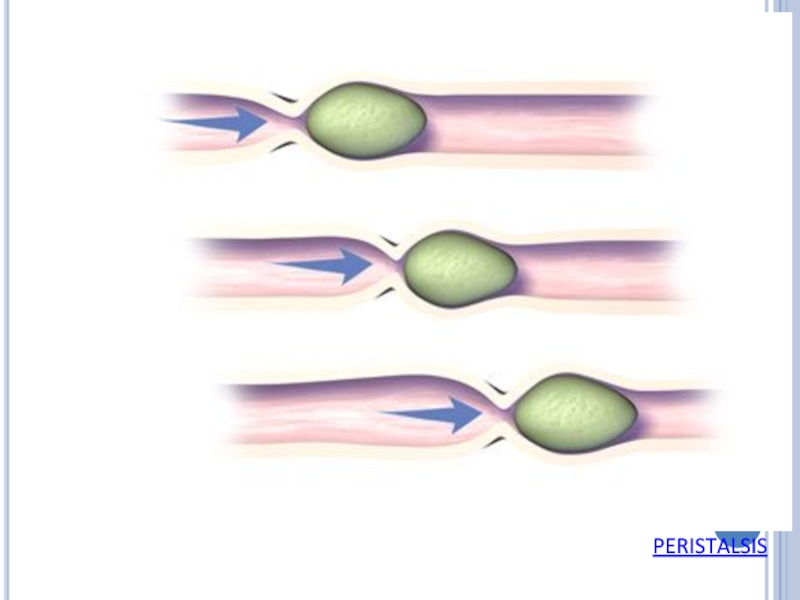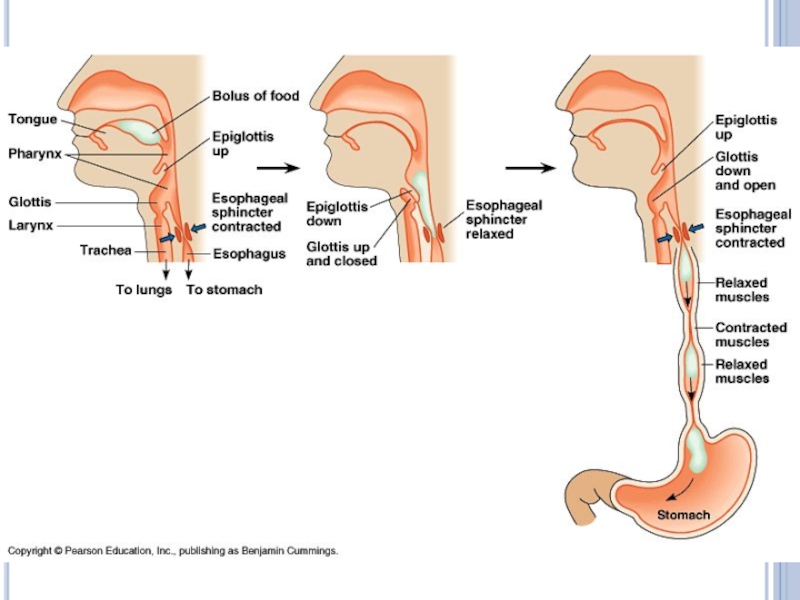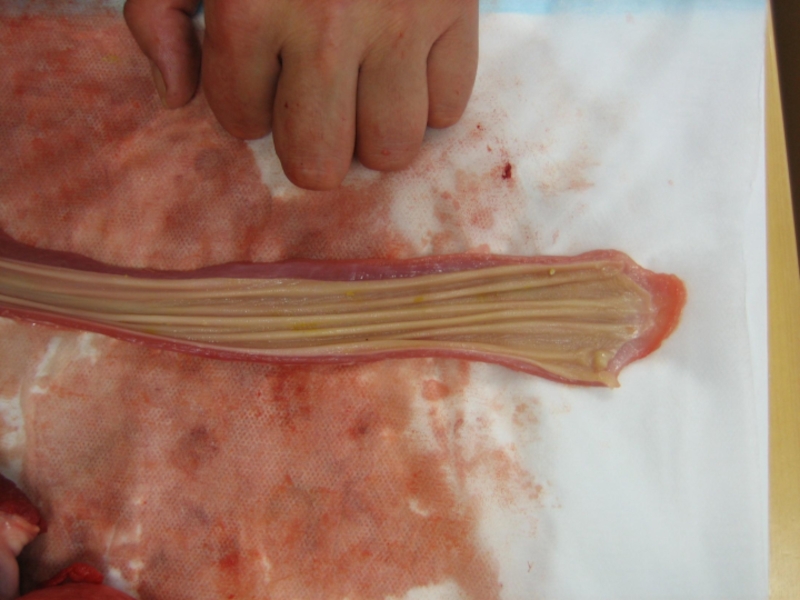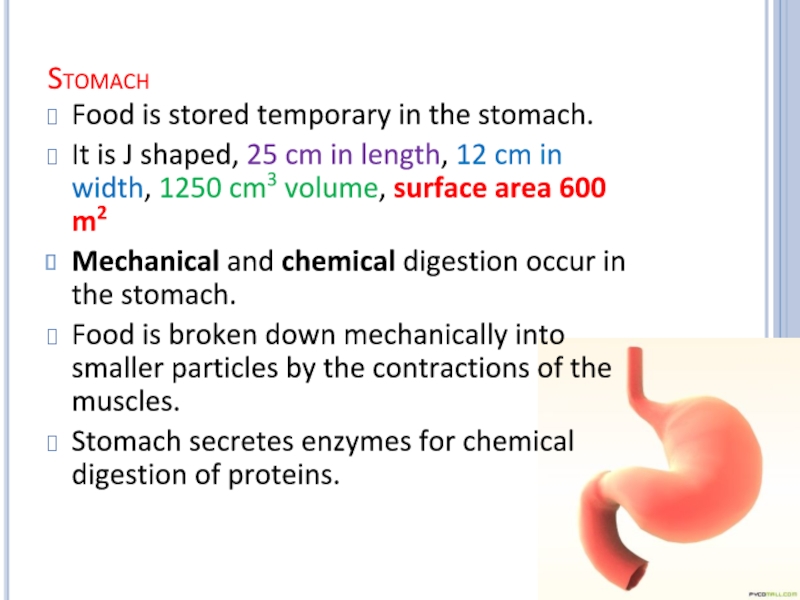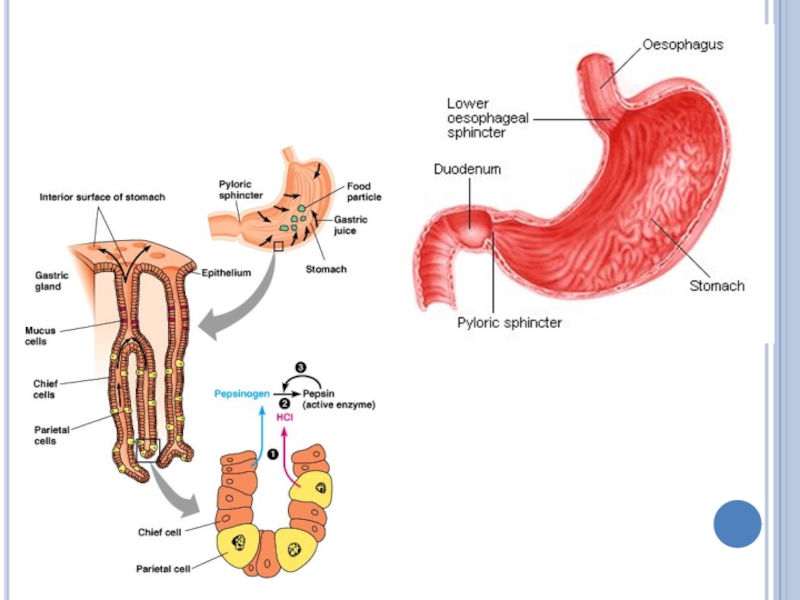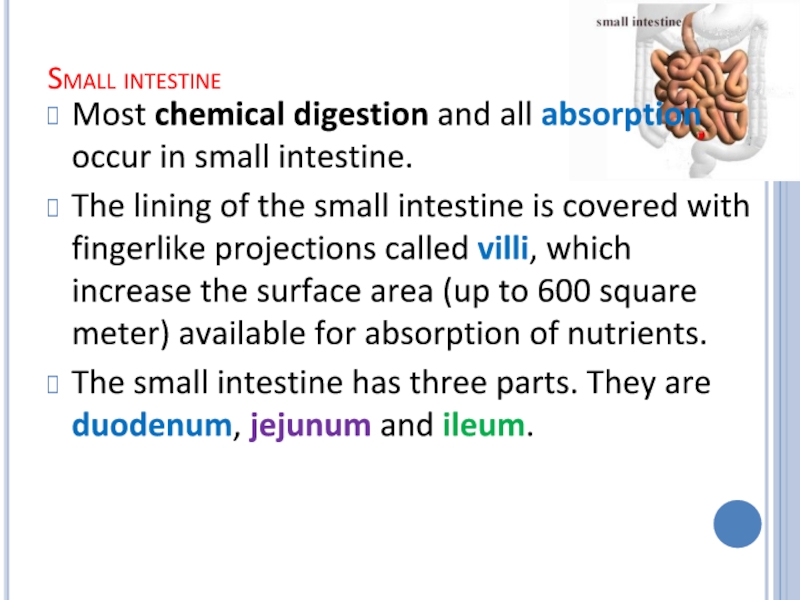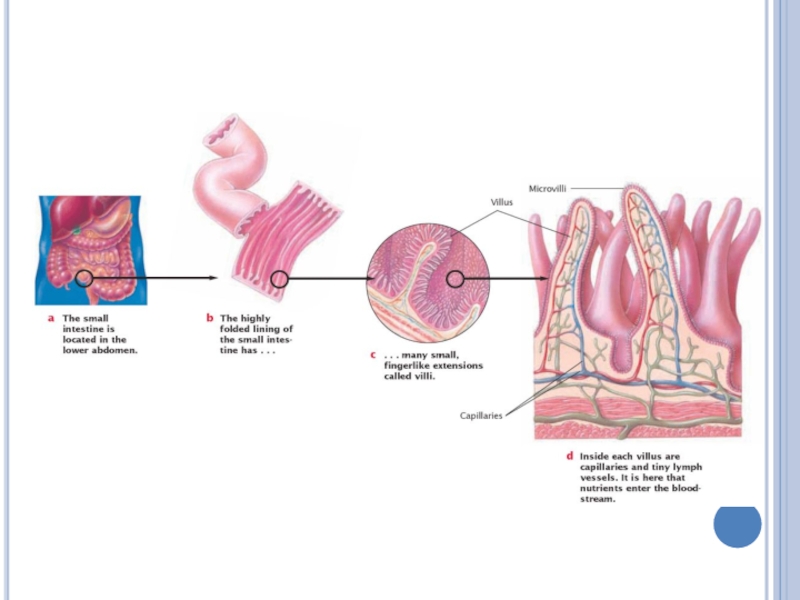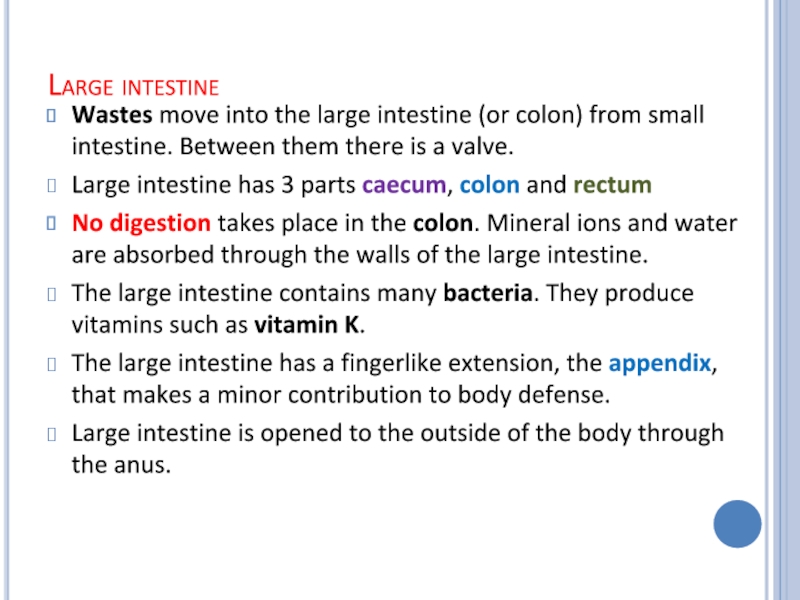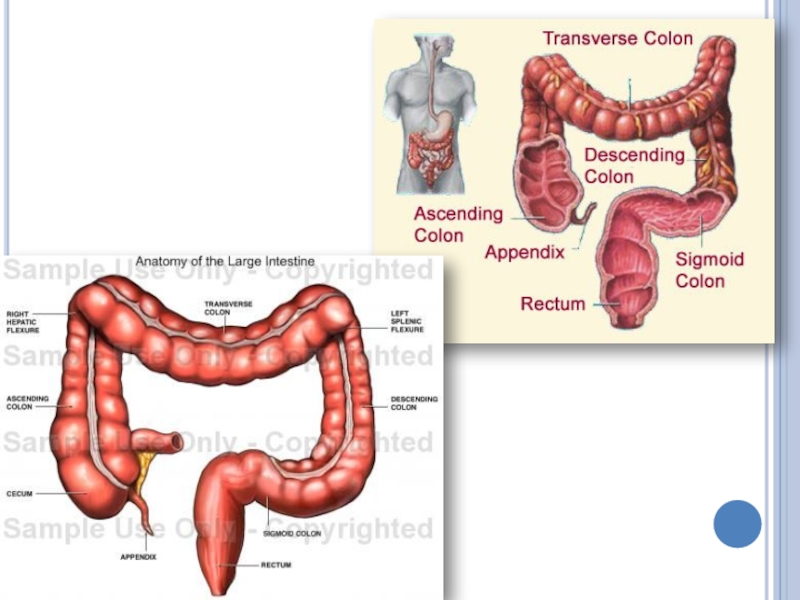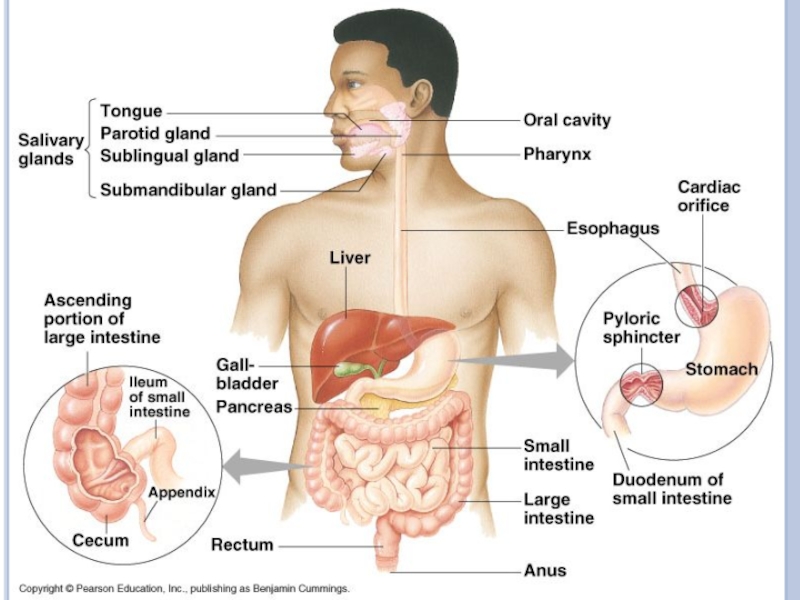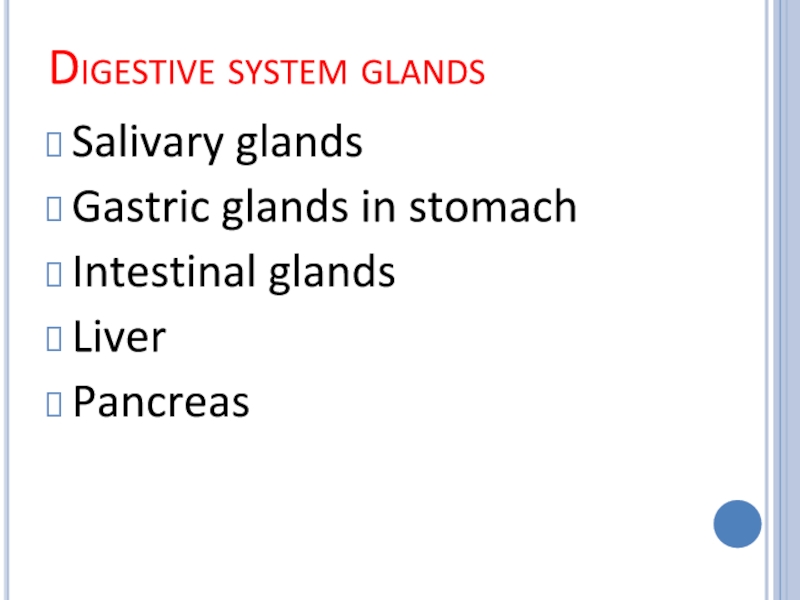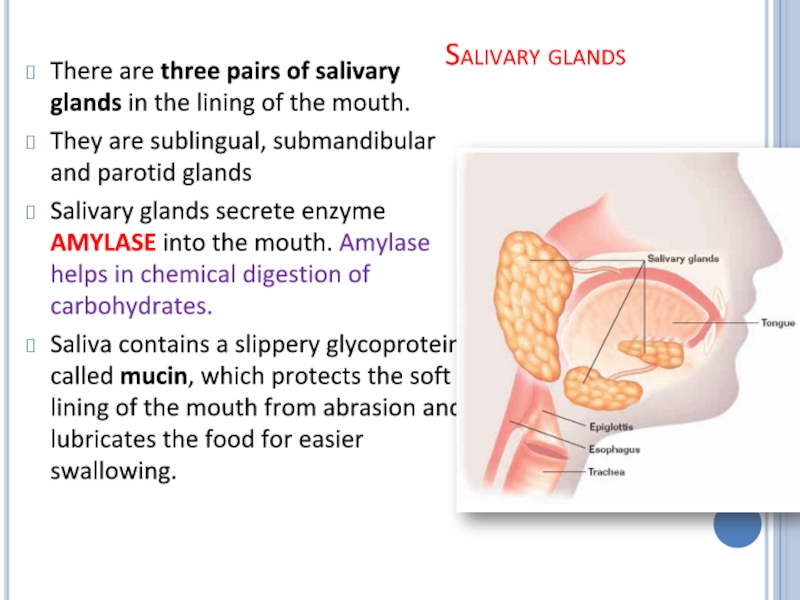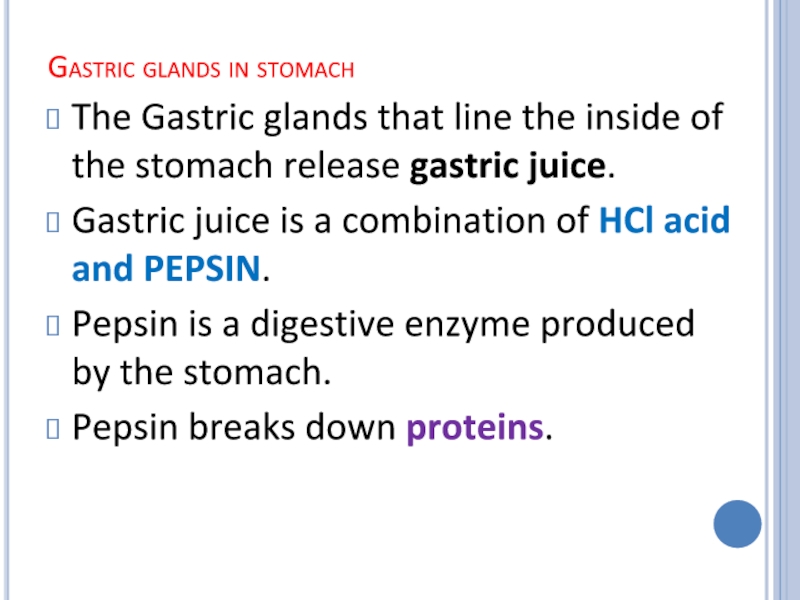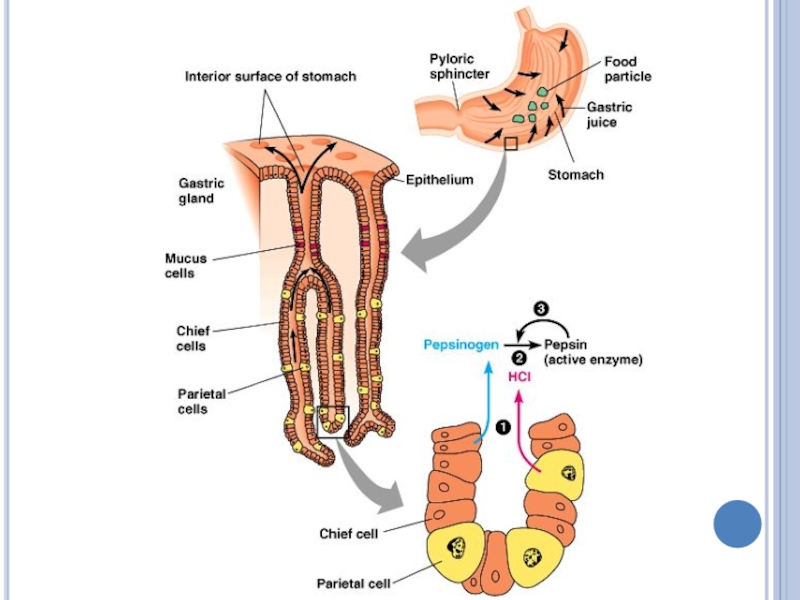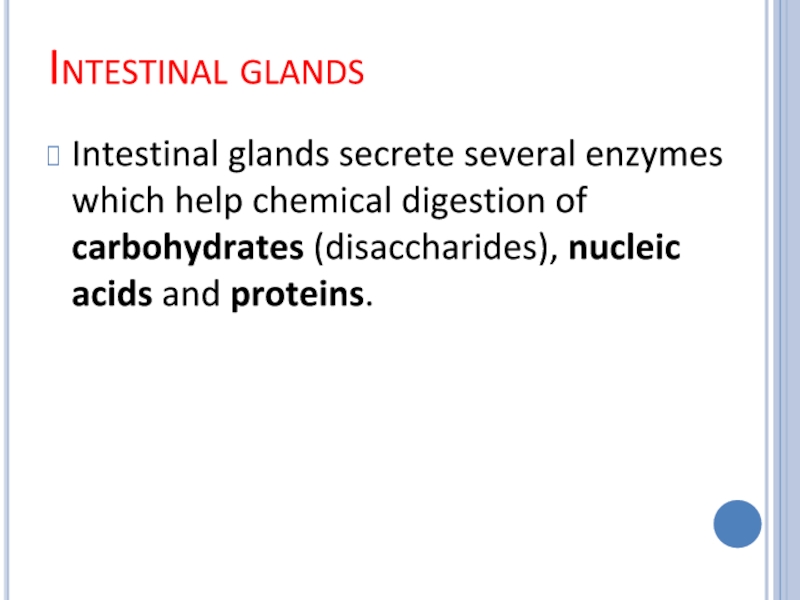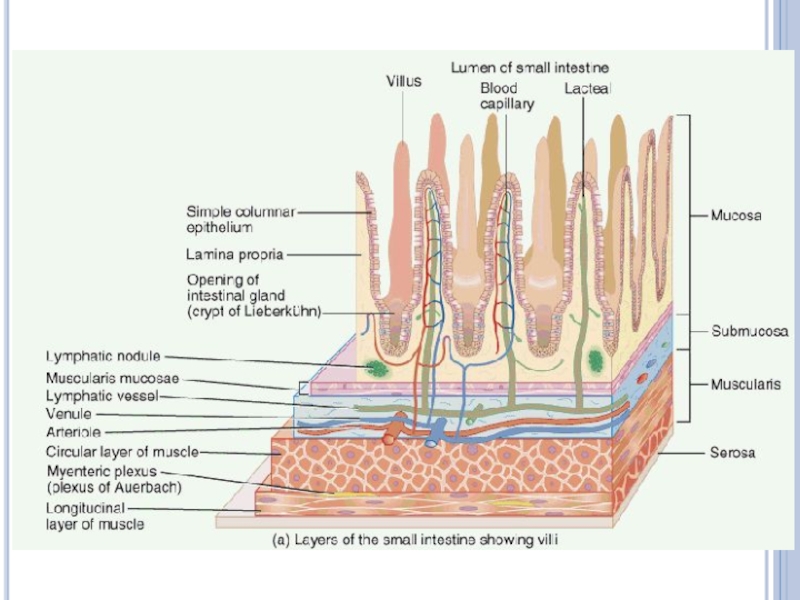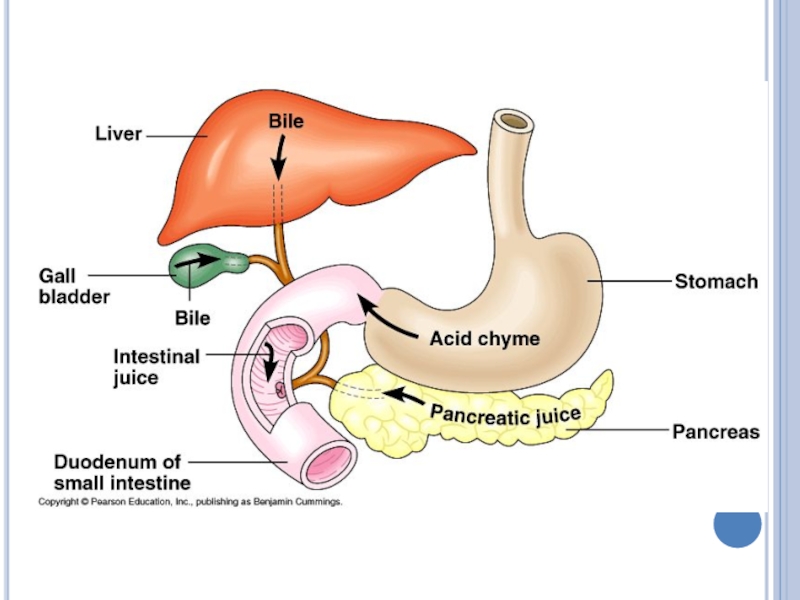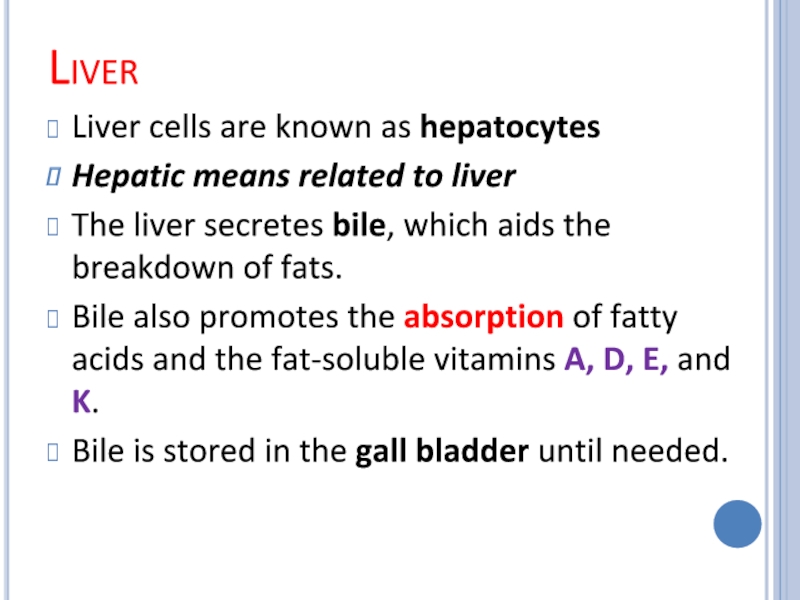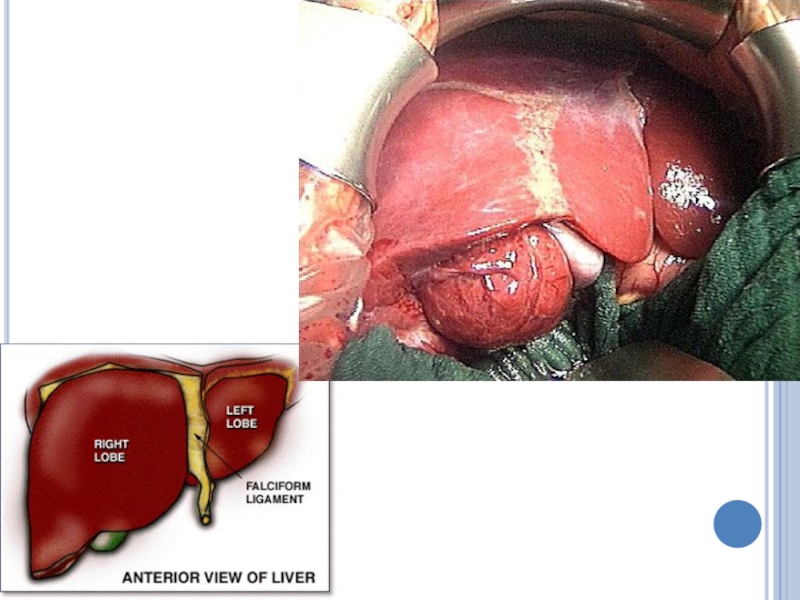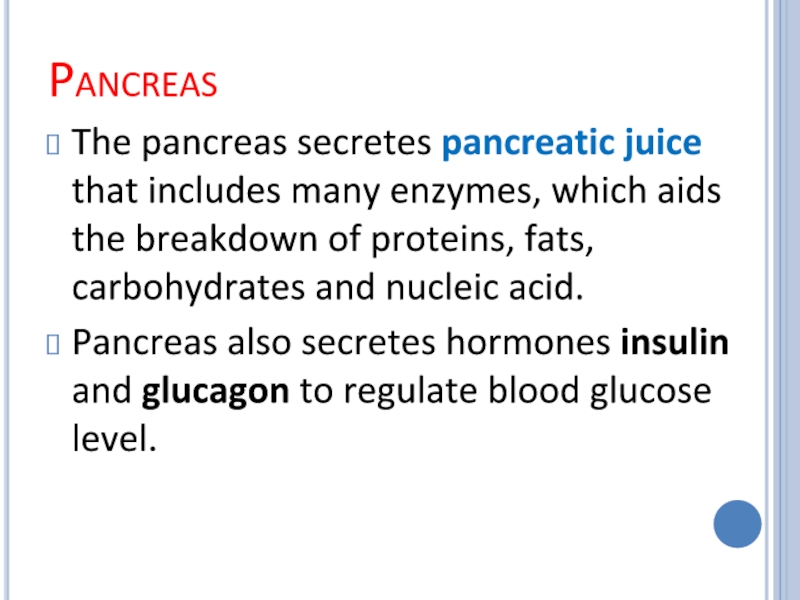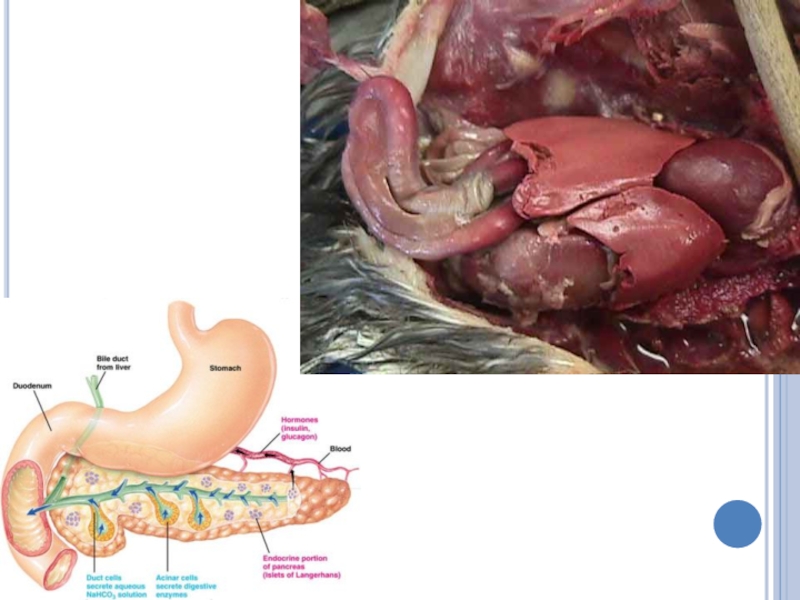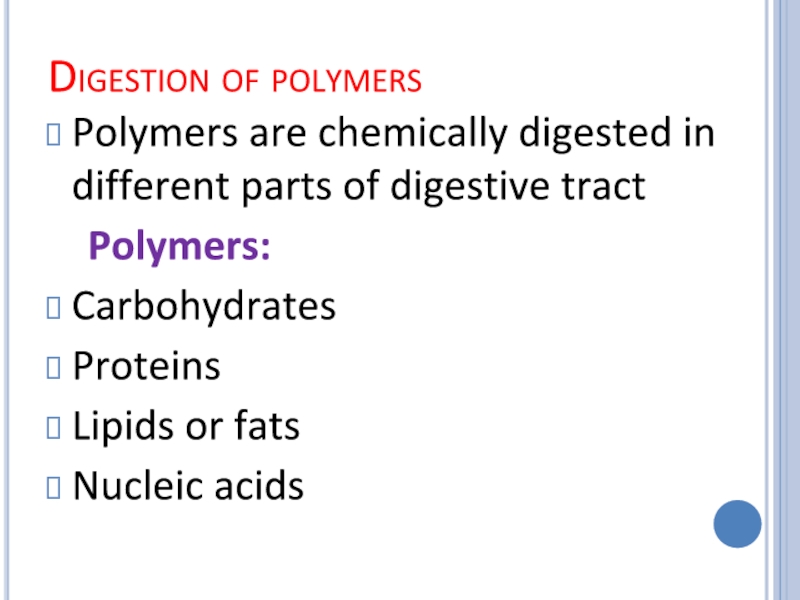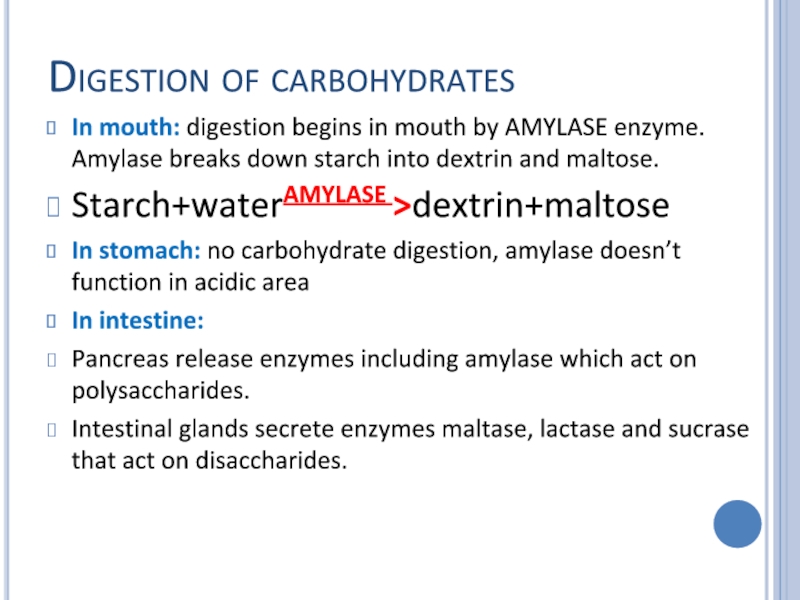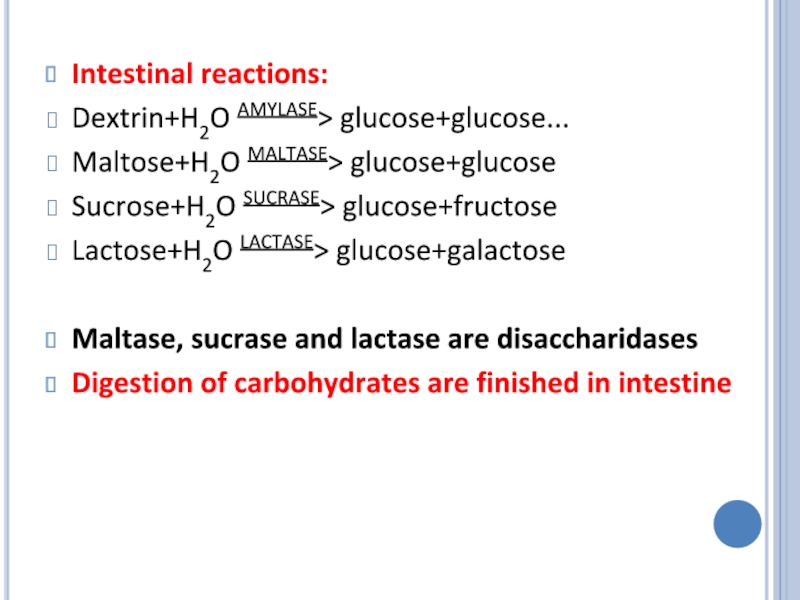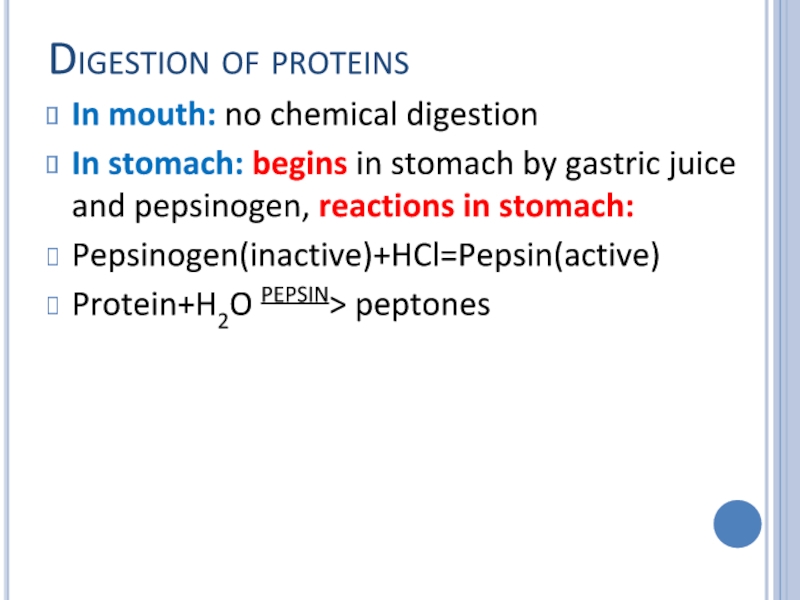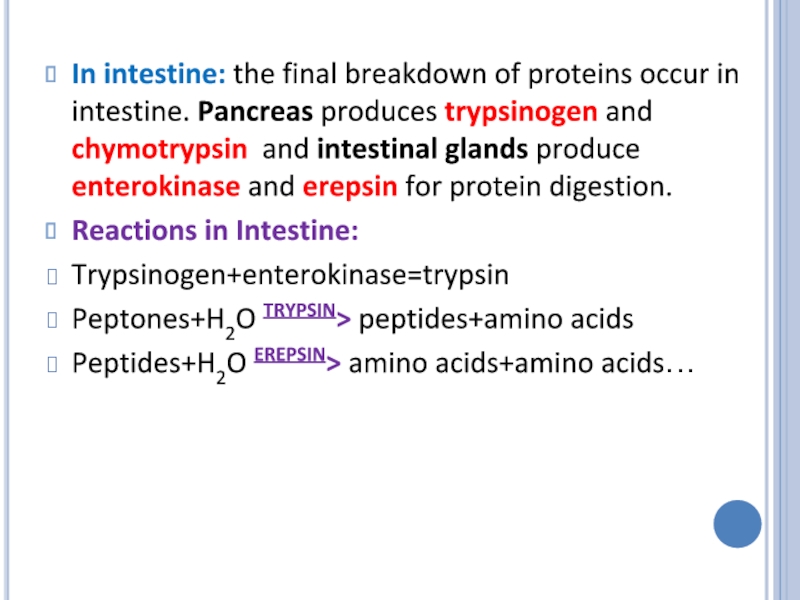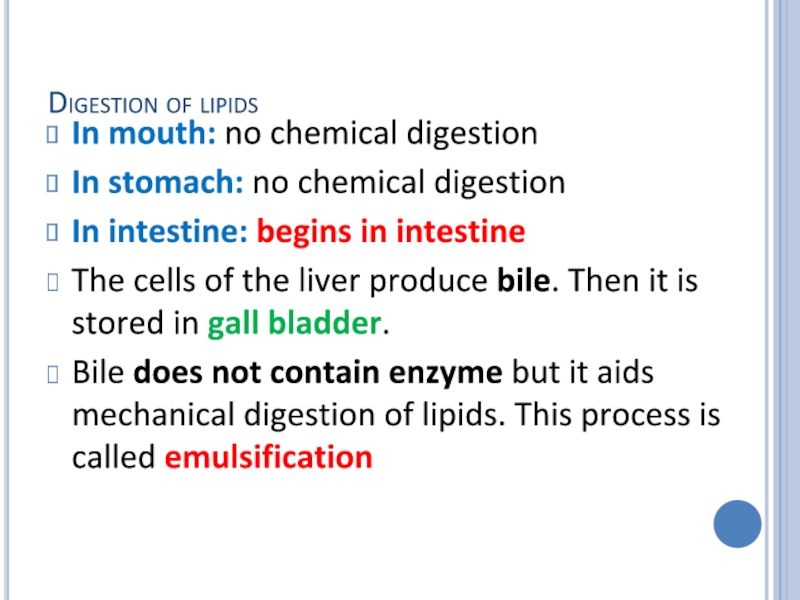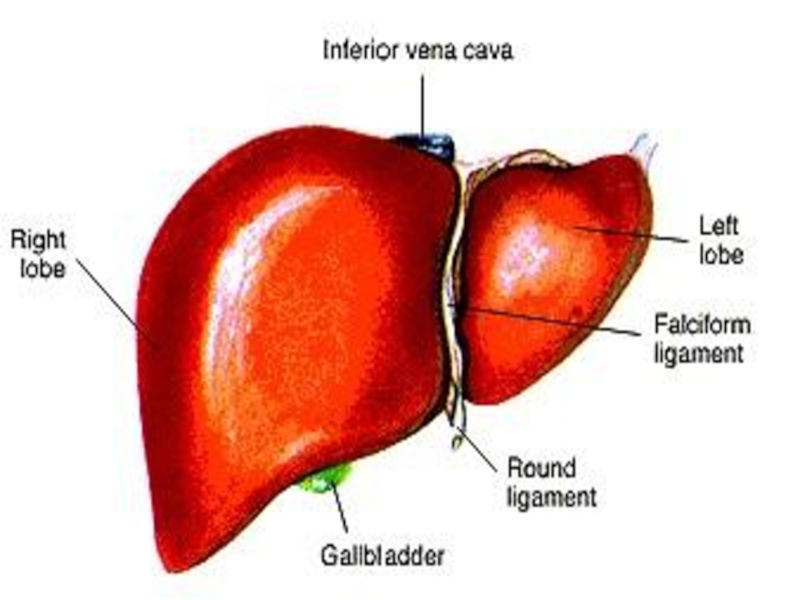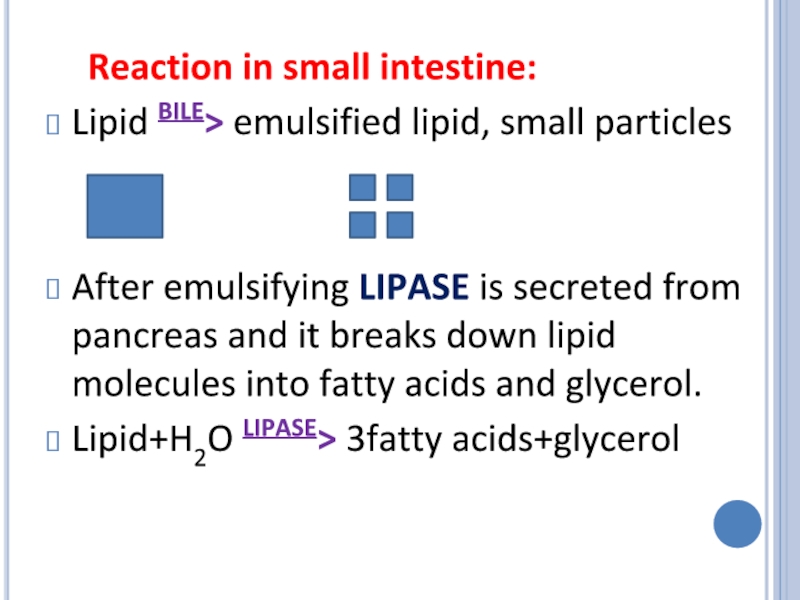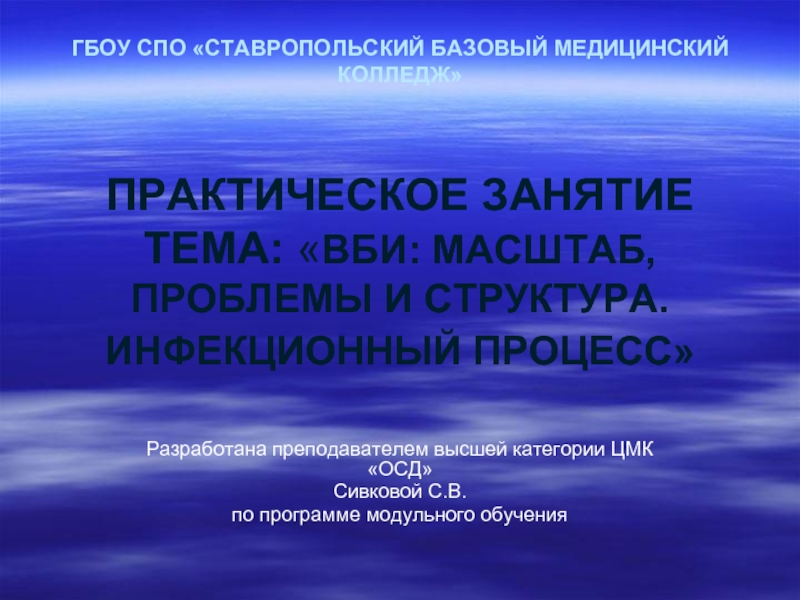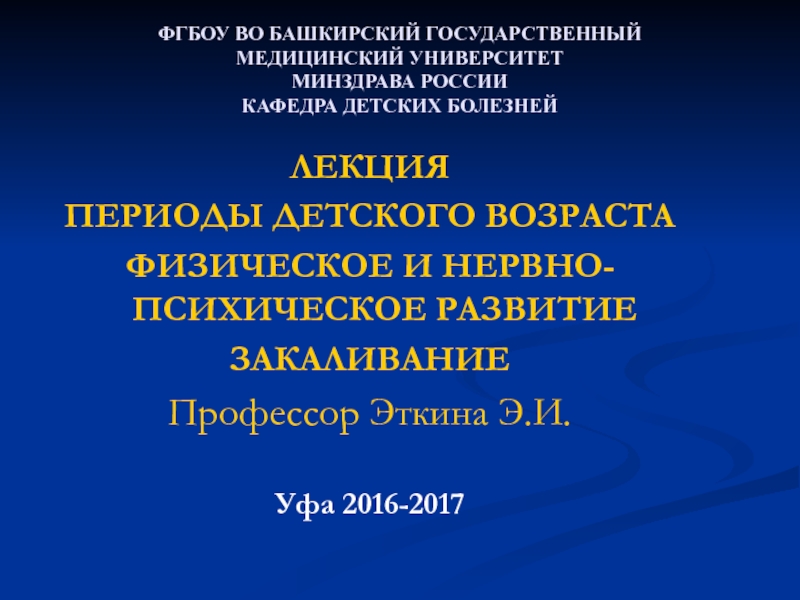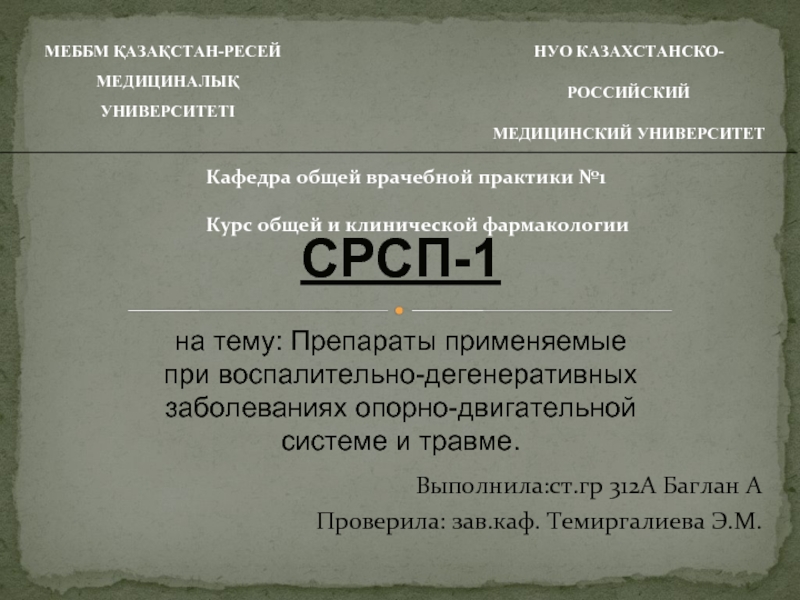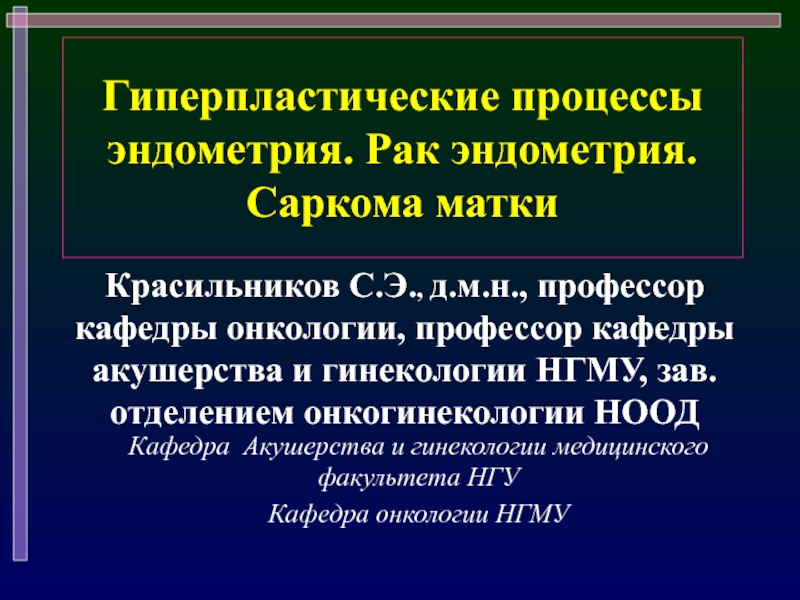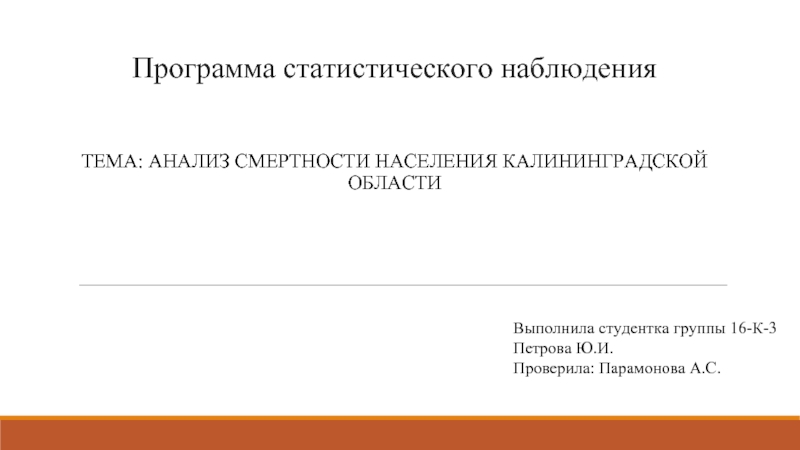- Главная
- Разное
- Дизайн
- Бизнес и предпринимательство
- Аналитика
- Образование
- Развлечения
- Красота и здоровье
- Финансы
- Государство
- Путешествия
- Спорт
- Недвижимость
- Армия
- Графика
- Культурология
- Еда и кулинария
- Лингвистика
- Английский язык
- Астрономия
- Алгебра
- Биология
- География
- Детские презентации
- Информатика
- История
- Литература
- Маркетинг
- Математика
- Медицина
- Менеджмент
- Музыка
- МХК
- Немецкий язык
- ОБЖ
- Обществознание
- Окружающий мир
- Педагогика
- Русский язык
- Технология
- Физика
- Философия
- Химия
- Шаблоны, картинки для презентаций
- Экология
- Экономика
- Юриспруденция
Human digestive system презентация
Содержание
- 1. Human digestive system
- 3. Digestion The process of breaking down
- 5. 4 steps of digestion There are 4
- 7. 1. Ingestion Food enters our body, mouth, or simple eating
- 9. 2. Digestion of polymers When polymers are
- 10. 3. Absorption of monomers After the food
- 11. 4. Elimination of waste Undigested material is removed from digestive tract and body
- 12. Human digestive system The digestive system takes
- 15. HUMAN DIGESTIVE SYSTEM PARTS Mouth teeth
- 16. MOUTH Food enters the body through the
- 18. TEETH Teeth are designed for mechanical digestion
- 20. Teeth formation and types First teeth appear
- 22. Types of teeth There are 4 types
- 25. Tongue Tongue helps in mixing food with
- 26. Pharynx Through pharynx both food and
- 27. Esophagus The esophagus is a long tube
- 28. peristalsis
- 31. Stomach Food is stored temporary in
- 34. Small intestine Most chemical digestion and
- 37. Large intestine Wastes move into the large
- 40. Digestive system glands Salivary glands Gastric glands in stomach Intestinal glands Liver Pancreas
- 41. Salivary glands There are three pairs of
- 42. Gastric glands in stomach The Gastric glands
- 44. Intestinal glands Intestinal glands secrete several enzymes
- 47. Liver Liver cells are known as
- 49. Pancreas The pancreas secretes pancreatic juice
- 51. Digestion of polymers Polymers are chemically digested
- 52. Digestion of carbohydrates In mouth: digestion begins
- 53. Intestinal reactions: Dextrin+H2O AMYLASE> glucose+glucose... Maltose+H2O MALTASE>
- 54. Digestion of proteins In mouth: no chemical
- 55. In intestine: the final breakdown of proteins
- 56. Digestion of lipids In mouth: no chemical
- 58. Reaction in small intestine: Lipid BILE> emulsified
- 59. Thank You For Your Deep Attention
Слайд 3Digestion
The process of breaking down food into molecules the body
can use is called digestion.
Substance – unit or monomer – usage
Carbohydrates – monosaccharide – as energy source
Proteins – amino acids – as building material
Lipids – fatty acids – as energy source and building material
Vitamins – for body regulation
Substance – unit or monomer – usage
Carbohydrates – monosaccharide – as energy source
Proteins – amino acids – as building material
Lipids – fatty acids – as energy source and building material
Vitamins – for body regulation
Слайд 54 steps of digestion
There are 4 main steps of digestion in
human body:
1. Ingestion of food
2. Digestion of polymers
Mechanical digestion
Chemical digestion
3. Absorption of monomers
4. Elimination of waste
1. Ingestion of food
2. Digestion of polymers
Mechanical digestion
Chemical digestion
3. Absorption of monomers
4. Elimination of waste
Слайд 92. Digestion of polymers
When polymers are broken down into simpler parts,
into monomers
1. Mechanical digestion:
Pieces of food are firstly cut, crushed, or broken into smaller particles without being changed chemically.
Mechanical breakdown increases the surface area of the food particles.
2. Chemical digestion:
Foods are broken down into their monomers by enzymes and water.
1. Mechanical digestion:
Pieces of food are firstly cut, crushed, or broken into smaller particles without being changed chemically.
Mechanical breakdown increases the surface area of the food particles.
2. Chemical digestion:
Foods are broken down into their monomers by enzymes and water.
Слайд 103. Absorption of monomers
After the food is digested, the human’s cells
take up small molecules such as amino acids and simple sugars from the small intestine, a process called absorption.
Vitamins and inorganic materials pass into the blood without digestion.
Vitamins and inorganic materials pass into the blood without digestion.
Слайд 12Human digestive system
The digestive system takes in food, breaks it down
into molecules small enough for the body to absorb, and gets rid of undigested molecules and waste.
Food travels more than 8 m through the human digestive tract.
Food travels more than 8 m through the human digestive tract.
Слайд 15HUMAN DIGESTIVE SYSTEM PARTS
Mouth
teeth – salivary glands – tongue
Esophagus
Stomach
Liver
Pancreas
Intestine
small
intestine – large intestine - rectum
Слайд 16MOUTH
Food enters the body through the mouth.
Mechanical and chemical digestion
occur in mouth.
Teeth help in mechanical digestion.
Salivary glands produce saliva that helps in chemical digestion
Teeth help in mechanical digestion.
Salivary glands produce saliva that helps in chemical digestion
Слайд 18TEETH
Teeth are designed for mechanical digestion of food.
Each tooth
is composed of a crown, neck and a root.
The crown is covered with enamel. It is hardest material in our body.
Enamel is formed from calcium, phosphorus and fluoride
The crown is covered with enamel. It is hardest material in our body.
Enamel is formed from calcium, phosphorus and fluoride
Слайд 20Teeth formation and types
First teeth appear from 4 to 6 months,
by the 3rd year their number is increased to 20
These temporary teeth known as milk teeth
At the age of 7 milk teeth start to drop out and they are replaced with permanent teeth till the age of 20
In normal adult human there are 32 permanent teeth
These temporary teeth known as milk teeth
At the age of 7 milk teeth start to drop out and they are replaced with permanent teeth till the age of 20
In normal adult human there are 32 permanent teeth
Слайд 22Types of teeth
There are 4 types of teeth
1- Molars
12
2- Pre molars 8
3- Canines 4
4- Incisors 8
TOTAL 32
2- Pre molars 8
3- Canines 4
4- Incisors 8
TOTAL 32
Слайд 25Tongue
Tongue helps in mixing food with saliva
A bolus formed and swallowed
During
chewing taste buds differentiate between bitter, sweet, salty and sour tastes
Слайд 26Pharynx
Through pharynx both food and air pass
There is epiglottis that
prevents food from entering trachea
Слайд 27Esophagus
The esophagus is a long tube that connects the mouth to
the stomach.
It is 25 cm in length and 2 cm in width
Waves of smooth muscle contractions is called peristalsis that move the food toward the stomach.
No digestion occurs in the esophagus.
It is 25 cm in length and 2 cm in width
Waves of smooth muscle contractions is called peristalsis that move the food toward the stomach.
No digestion occurs in the esophagus.
Слайд 31Stomach
Food is stored temporary in the stomach.
It is J
shaped, 25 cm in length, 12 cm in width, 1250 cm3 volume, surface area 600 m2
Mechanical and chemical digestion occur in the stomach.
Food is broken down mechanically into smaller particles by the contractions of the muscles.
Stomach secretes enzymes for chemical digestion of proteins.
Mechanical and chemical digestion occur in the stomach.
Food is broken down mechanically into smaller particles by the contractions of the muscles.
Stomach secretes enzymes for chemical digestion of proteins.
Слайд 34Small intestine
Most chemical digestion and all absorption occur in small
intestine.
The lining of the small intestine is covered with fingerlike projections called villi, which increase the surface area (up to 600 square meter) available for absorption of nutrients.
The small intestine has three parts. They are duodenum, jejunum and ileum.
The lining of the small intestine is covered with fingerlike projections called villi, which increase the surface area (up to 600 square meter) available for absorption of nutrients.
The small intestine has three parts. They are duodenum, jejunum and ileum.
Слайд 37Large intestine
Wastes move into the large intestine (or colon) from small
intestine. Between them there is a valve.
Large intestine has 3 parts caecum, colon and rectum
No digestion takes place in the colon. Mineral ions and water are absorbed through the walls of the large intestine.
The large intestine contains many bacteria. They produce vitamins such as vitamin K.
The large intestine has a fingerlike extension, the appendix, that makes a minor contribution to body defense.
Large intestine is opened to the outside of the body through the anus.
Large intestine has 3 parts caecum, colon and rectum
No digestion takes place in the colon. Mineral ions and water are absorbed through the walls of the large intestine.
The large intestine contains many bacteria. They produce vitamins such as vitamin K.
The large intestine has a fingerlike extension, the appendix, that makes a minor contribution to body defense.
Large intestine is opened to the outside of the body through the anus.
Слайд 40Digestive system glands
Salivary glands
Gastric glands in stomach
Intestinal glands
Liver
Pancreas
Слайд 41Salivary glands
There are three pairs of salivary glands in the lining
of the mouth.
They are sublingual, submandibular and parotid glands
Salivary glands secrete enzyme AMYLASE into the mouth. Amylase helps in chemical digestion of carbohydrates.
Saliva contains a slippery glycoprotein called mucin, which protects the soft lining of the mouth from abrasion and lubricates the food for easier swallowing.
They are sublingual, submandibular and parotid glands
Salivary glands secrete enzyme AMYLASE into the mouth. Amylase helps in chemical digestion of carbohydrates.
Saliva contains a slippery glycoprotein called mucin, which protects the soft lining of the mouth from abrasion and lubricates the food for easier swallowing.
Слайд 42Gastric glands in stomach
The Gastric glands that line the inside of
the stomach release gastric juice.
Gastric juice is a combination of HCl acid and PEPSIN.
Pepsin is a digestive enzyme produced by the stomach.
Pepsin breaks down proteins.
Gastric juice is a combination of HCl acid and PEPSIN.
Pepsin is a digestive enzyme produced by the stomach.
Pepsin breaks down proteins.
Слайд 44Intestinal glands
Intestinal glands secrete several enzymes which help chemical digestion of
carbohydrates (disaccharides), nucleic acids and proteins.
Слайд 47Liver
Liver cells are known as hepatocytes
Hepatic means related to liver
The
liver secretes bile, which aids the breakdown of fats.
Bile also promotes the absorption of fatty acids and the fat-soluble vitamins A, D, E, and K.
Bile is stored in the gall bladder until needed.
Bile also promotes the absorption of fatty acids and the fat-soluble vitamins A, D, E, and K.
Bile is stored in the gall bladder until needed.
Слайд 49Pancreas
The pancreas secretes pancreatic juice that includes many enzymes, which
aids the breakdown of proteins, fats, carbohydrates and nucleic acid.
Pancreas also secretes hormones insulin and glucagon to regulate blood glucose level.
Pancreas also secretes hormones insulin and glucagon to regulate blood glucose level.
Слайд 51Digestion of polymers
Polymers are chemically digested in different parts of digestive
tract
Polymers:
Carbohydrates
Proteins
Lipids or fats
Nucleic acids
Polymers:
Carbohydrates
Proteins
Lipids or fats
Nucleic acids
Слайд 52Digestion of carbohydrates
In mouth: digestion begins in mouth by AMYLASE enzyme.
Amylase breaks down starch into dextrin and maltose.
Starch+waterAMYLASE >dextrin+maltose
In stomach: no carbohydrate digestion, amylase doesn’t function in acidic area
In intestine:
Pancreas release enzymes including amylase which act on polysaccharides.
Intestinal glands secrete enzymes maltase, lactase and sucrase that act on disaccharides.
Starch+waterAMYLASE >dextrin+maltose
In stomach: no carbohydrate digestion, amylase doesn’t function in acidic area
In intestine:
Pancreas release enzymes including amylase which act on polysaccharides.
Intestinal glands secrete enzymes maltase, lactase and sucrase that act on disaccharides.
Слайд 53Intestinal reactions:
Dextrin+H2O AMYLASE> glucose+glucose...
Maltose+H2O MALTASE> glucose+glucose
Sucrose+H2O SUCRASE> glucose+fructose
Lactose+H2O LACTASE> glucose+galactose
Maltase, sucrase
and lactase are disaccharidases
Digestion of carbohydrates are finished in intestine
Digestion of carbohydrates are finished in intestine
Слайд 54Digestion of proteins
In mouth: no chemical digestion
In stomach: begins in stomach
by gastric juice and pepsinogen, reactions in stomach:
Pepsinogen(inactive)+HCl=Pepsin(active)
Protein+H2O PEPSIN> peptones
Pepsinogen(inactive)+HCl=Pepsin(active)
Protein+H2O PEPSIN> peptones
Слайд 55In intestine: the final breakdown of proteins occur in intestine. Pancreas
produces trypsinogen and chymotrypsin and intestinal glands produce enterokinase and erepsin for protein digestion.
Reactions in Intestine:
Trypsinogen+enterokinase=trypsin
Peptones+H2O TRYPSIN> peptides+amino acids
Peptides+H2O EREPSIN> amino acids+amino acids…
Reactions in Intestine:
Trypsinogen+enterokinase=trypsin
Peptones+H2O TRYPSIN> peptides+amino acids
Peptides+H2O EREPSIN> amino acids+amino acids…
Слайд 56Digestion of lipids
In mouth: no chemical digestion
In stomach: no chemical digestion
In
intestine: begins in intestine
The cells of the liver produce bile. Then it is stored in gall bladder.
Bile does not contain enzyme but it aids mechanical digestion of lipids. This process is called emulsification
The cells of the liver produce bile. Then it is stored in gall bladder.
Bile does not contain enzyme but it aids mechanical digestion of lipids. This process is called emulsification
Слайд 58 Reaction in small intestine:
Lipid BILE> emulsified lipid, small particles
After emulsifying LIPASE
is secreted from pancreas and it breaks down lipid molecules into fatty acids and glycerol.
Lipid+H2O LIPASE> 3fatty acids+glycerol
Lipid+H2O LIPASE> 3fatty acids+glycerol
